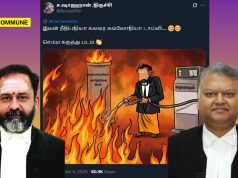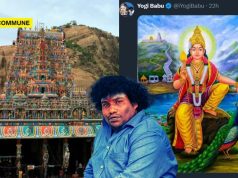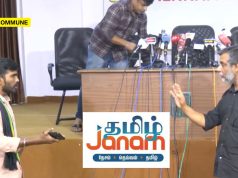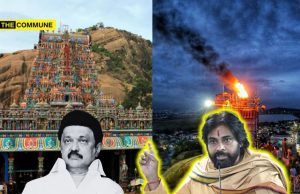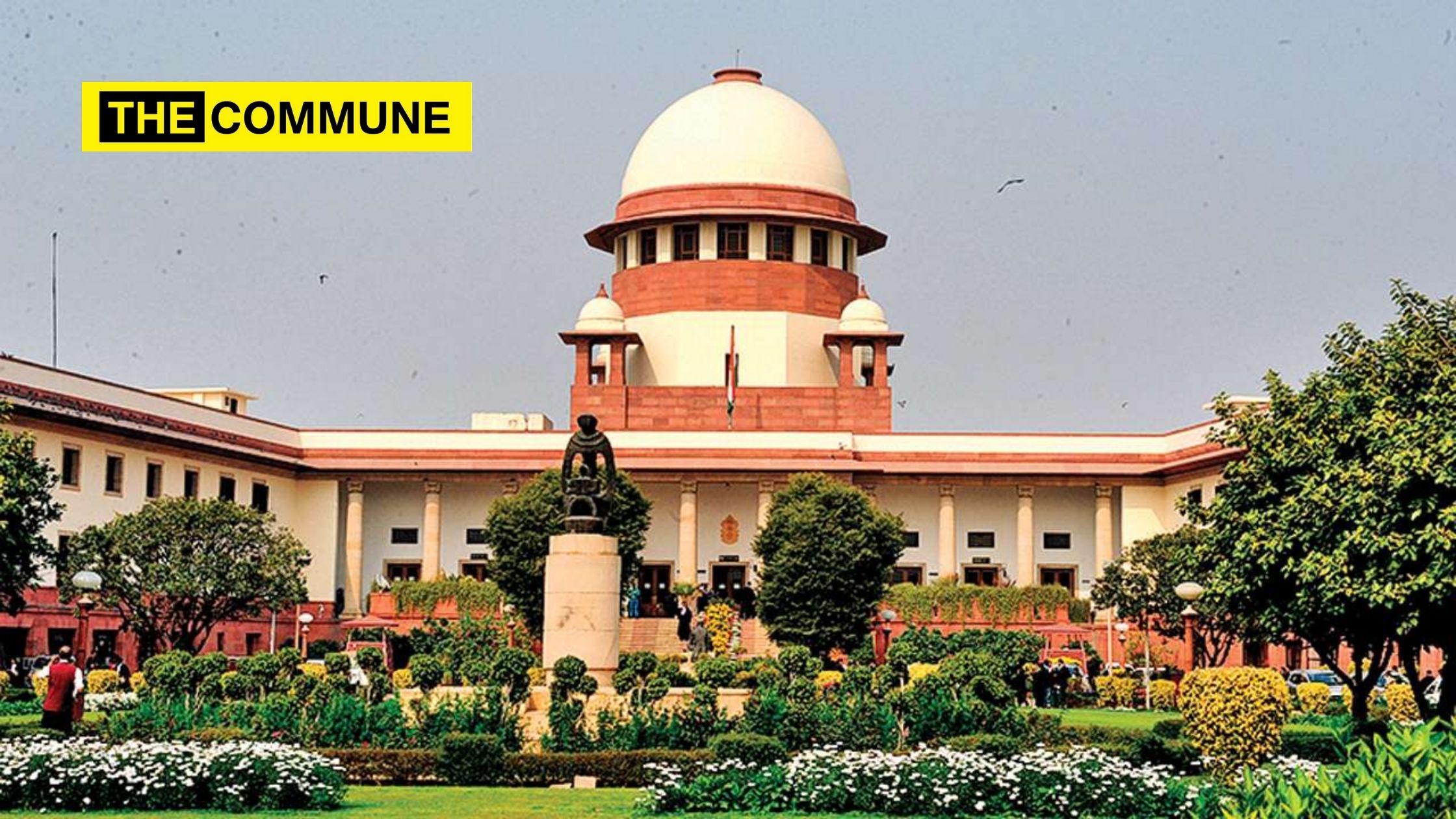
A constitution bench of the Supreme Court hearing the Maratha quota case on 19 March asked for how many generations would reservations in jobs and education continue. The bench also questioned whether the removal of the 50% limit on reservation would affect the right to equality under Article 14 of the Constitution, and thus lead to a “resultant inequality”.
“If there is no 50% limit, what is the concept of Article 14 then? What would happen to the resultant inequality and for how many generations will this continue?”, the bench asked Senior Advocate Mukul Rohatgi, who was arguing for more reservations beyond the 50% limit. The 50% cap was imposed by the Indira Sawhney judgment.
A five-judge bench of Justices Ashok Bhushan, L Nageshwara Rao, S Abdul Nazeer, Heman Gupta and S Ravindra Bhat heard the submissions of senior advocates Mukul Rohatgi and Paramjit Patwalia, who were appearing on behalf of the respondents.
The Constitution Bench was holding the fifth day of hearing petitions challenging the constitutionality of the Maharashtra State Reservation For Socially and Educationally Backward Classes (SEBC) Act which provides for a quota to Marathas in jobs and education.
‘Mandal Commission based on 1931 Census, re-look needed’, says advocate
Rohatgi on Friday argued that there are sufficient reasons warranting a re-look of the nine-bench Indira Sawhney judgement, including the fact that it was only meant to cover Article 16(4) and not Article 15(4). “Mandal himself said that it needed to be reconsidered after 20 years. There are also different voices in the judgemet. It’s not 8:1 majority. The group was divided into 4:3:2, and everyone had a different view on whether the 50% limit could be breached or not”, he said.
Rohatgi also added that splinter groups should not exist and that there could only be a majority group and a minority group when it comes to verdicts by a bench.
Rohatgi then proceeded to argue that the interpretation of Articles 15 and 16 had to be done “in a holistic manner” by considering the Directive Principles of State Policy (DPSP), which, according to Rohatgi, was not done by Indira Sahwney. He said that there were no limitations, other than public employment and adeuqate representation.
He submitted that the 50% limit, which has already been debunked, cannot remain the rule and that the State had the power to strike a balance while making a law for reservation.
“After the Constitutional amendment, the reservation across the nation has broadly crossed 70%. What was struck down has been resurrected. Whether Indira Sawhney will still rule when there is a Constitutional amendment is a very big question. Look at Dr. Ambedkar’s speech. What the Constitution makers have said will never be frozen in time”, he said.
The senior advocate then argued that the premise of the Mandal Commission was the Census of 1931, and as the population has grown over the past century, the “intrinsic material” of the report could not hold water. He added that as the Indira Sahwney judgement did not consider the DPSP, the 50% limit needed a re-look.
‘Despite so many schemes, has no development taken place?’, asks SC Bench
The Bench responded, “Mr Rohatgi, the purpose of review was that those who have come out from backwardness must be eliminated. Seventy years have passed since Independence. So many beneficial schemes are being carried out by states. Can we accept that no development has taken place?”
Rohatgi responded that the Constitution has not specified the 50% limit anywhere and that it had merely been read into it by the Courts. To this, Justice Bhushan stated that it was the Constitutional Bench which interpreted Constitutional principles, which is why it was a living document.
It was additionally submitted that relooking one point in Indra Sawhney and not others would make the directions in the judgement redundant.
“If it must go, then the whole thing must go. There must a be a holistic relook. If the State’s power of identifying socially and educationally backward classes is taken away, a part of Indra Sawhney also gets diluted since it directed the constitution of State Commissions”, submitted Rohatgi.
The Court then enquired, “If there is no 50% limit, what is the concept of Article 14 then? What would happen to the resultant inequality and for how many generations will this continue?”
‘Yet to achieve advancement’, argues advocate
Rohatgi responded that in 70 years, the country had not reached close to its ideal goal and that was the reason for the Constitutional amendments.
“All these provisions being added to the Constitution are an indication that we have not reached anywhere near emancipation that we require. 50% ought not to be the guiding factor. Despite the mandate, we are yet to achieve advancement. All judgements prior to Indra Sawhney have not laid down a uniform view. It must be left to the State to fix reservations. 103rd Amendment is a clear pointer for the overruling of the 50% principle”, the advocate submitted.
Referring to how Constitutional amendments which brought in Article 16(4)(a) and (b) undoes the principle laid down under Indra Sawhney, Rohatgi submitted that a relook was required.
“EWS are those specified by the State on the basis of income and other economic issues. This cannot be done by the Parliament or a schedule to the Constitution. Indra Sawhney has been effectively done. It needs a relook because its entire basis has completely gone”, Rohatgi said.
“There exist several burning issues of reservation today. How can we say that we are bound by this? By virtue of 10% reservation for the economically weaker, the findings in Indra Sawhney that backwardness cannot be adjudged by income or economic criteria alone are gone, and therefore it requires a relook holistically”, concluded Rohatgi.
Click here to subscribe to The Commune on Telegram and get the best stories of the day delivered to you personally.

